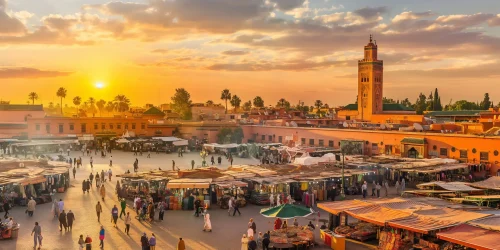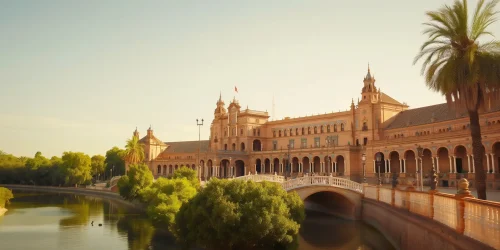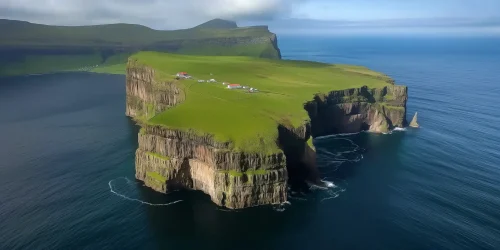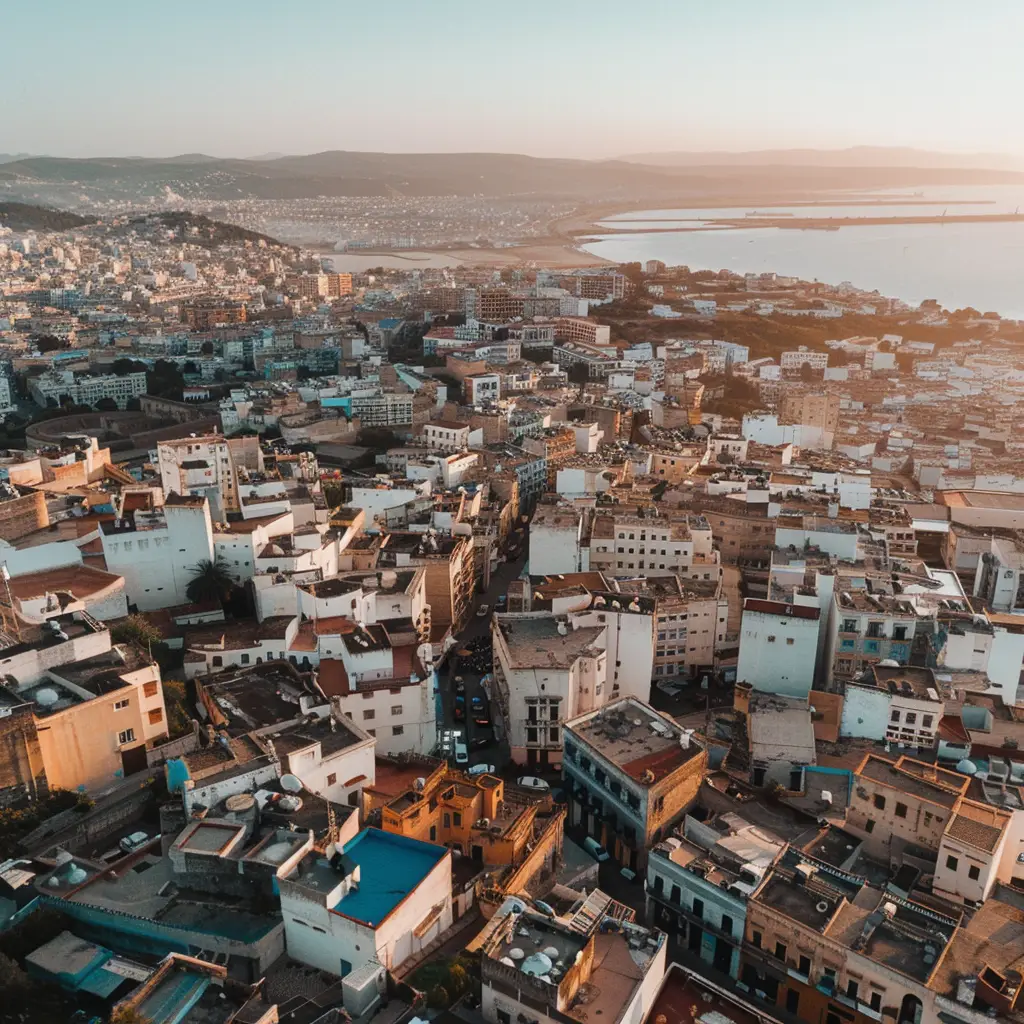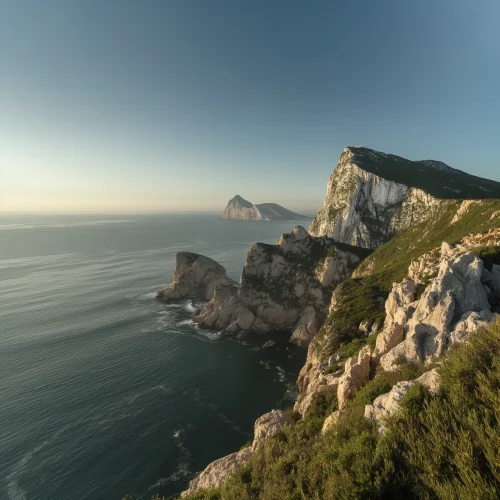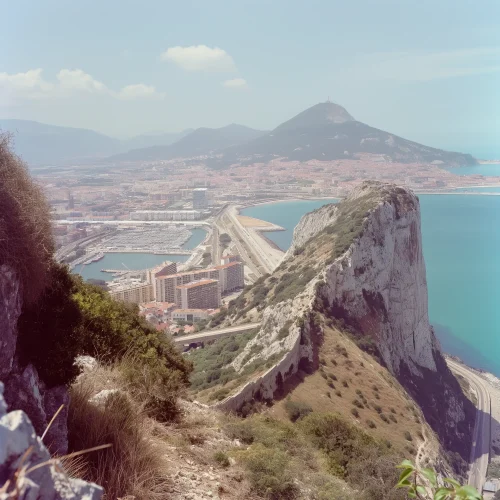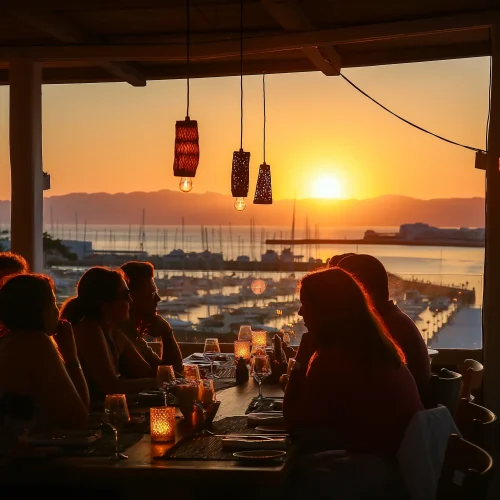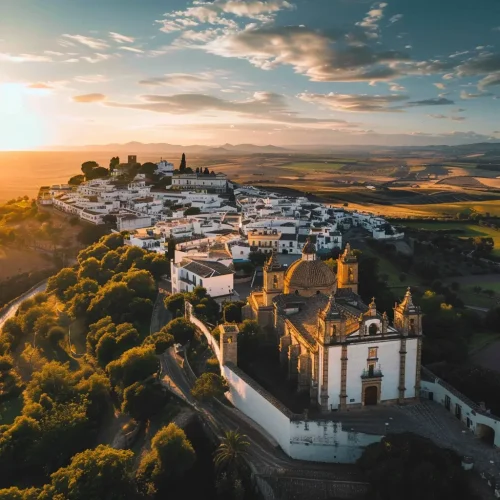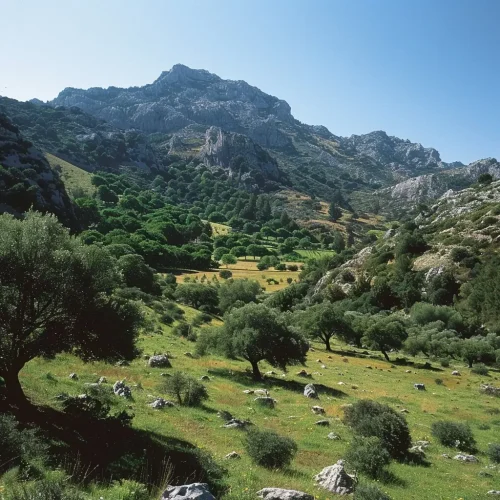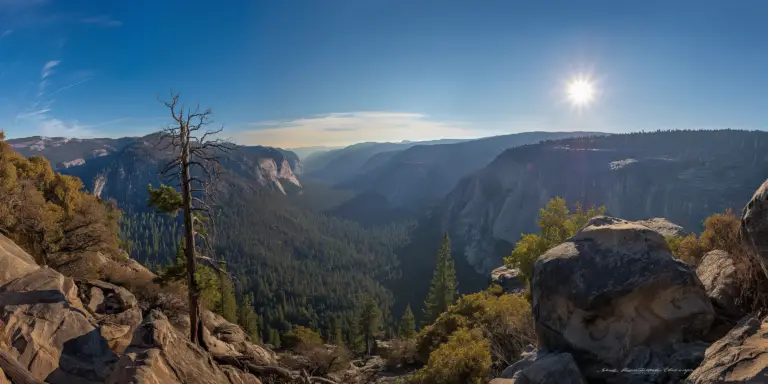Tangier, a captivating city perched on the northern tip of Morocco, serves as a cultural and historical melting pot where African and European influences converge spectacularly. Strategically located at the junction of the Atlantic Ocean and the Mediterranean Sea, Tangier has been a pivotal gateway between continents for centuries. Its rich history is marked by periods of Phoenician, Roman, and Arab rule, and more recently, as an international zone that attracted spies, artists, and writers in the 20th century, adding layers of intrigue and cosmopolitan flair to its character.
Today, Tangier is experiencing a renaissance, transforming into a vibrant, modern metropolis while preserving its unique heritage. The cityscape is a blend of old and new, from the winding alleyways and bustling souks of the Medina to the sleek new developments along the waterfront promenade. Cultural sites like the renovated Kasbah Museum, which houses artifacts that trace the city’s diverse history, and the Dar el Makhzen, the former sultan’s palace, offer insights into Tangier’s storied past. Meanwhile, contemporary art galleries and cafes thrive amid these historical remnants, creating a dynamic urban rhythm.
Tangier also serves as a starting point for exploring the wider region of Northern Morocco. Its geographical position makes it an ideal base for trips along the Mediterranean coast, to the Rif Mountains, or further afield to the blue city of Chefchaouen. The city’s natural surroundings, including beautiful beaches like those at Cap Spartel, provide plenty of opportunities for leisure and relaxation. With its mix of history, culture, and scenic beauty, Tangier remains a fascinating destination for travelers seeking a blend of the traditional and the contemporary.

